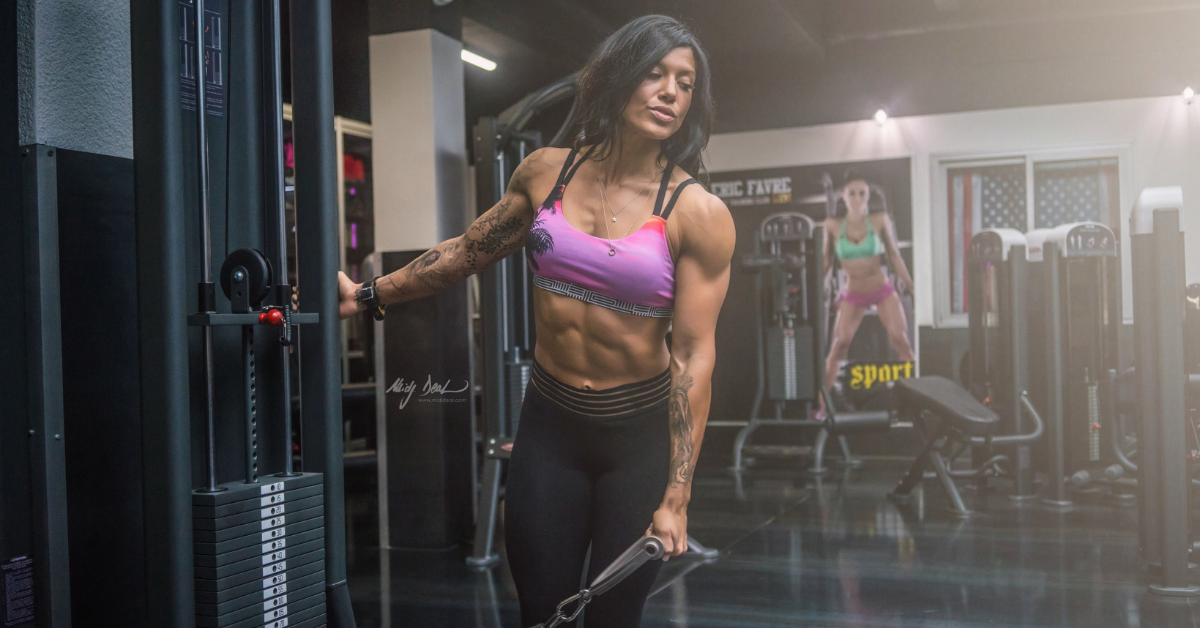The Truth Behind That “Photo-Ready” Physique
Let’s not kid ourselves—being shredded looks incredible. For a lot of fitness enthusiasts, it’s the holy grail. Striated shoulders, visible veins, deep muscle cuts… it’s freaky, it’s impressive, and yeah – it’s sexy.
But here’s the question no one asks until they’re deep in the misery:
👉 Is it actually sustainable?
👉 Can you maintain that level of leanness without wrecking your health, energy, or social life?
👉 And more importantly – should you even try?
Let’s talk about what it really means to be “shredded,” and whether it’s a smart long-term goal – or just a season you move through.
Lean vs. Shredded: Know the Difference
Fitness culture loves to blur lines and toss around terms like “cut,” “ripped,” “lean,” and “shredded” like they all mean the same thing. They don’t.
Here’s the breakdown:
- Lean means you have a healthy, low body fat percentage (let’s say ~10–15% for men, ~18–24% for women), while maintaining strength, energy, and a life.
- Shredded means your body fat is so low that every vein, muscle fiber, and striation is visible. We’re talking sub-10%, often around 6–8% for men and below 16% for women. Think: stage-ready bodybuilders or photoshoot prep.
And here’s the truth most people don’t realize:
The more shredded you are, the less your body actually wants to function.
Those “peak condition” shots? They’re often taken during a 24–48-hour window when someone is dehydrated, depleted, and borderline exhausted.
Looks strong. Feels like sh*t.

Let’s Be Real: Single-Digit Body Fat Isn’t Built for Longevity
Getting shredded is a science… but it’s also a sacrifice.
To get that lean, you’re going to need:
- Months of calorie restriction
- Ultra-dialed-in macro tracking
- Training volume that walks the line of burnout
- And yes, constant mental focus (and likely, a short fuse because… hanger)
And the trade-offs?
- ↓ Energy
- ↓ Libido
- ↓ Strength
- ↓ Mood stability
- ↓ Social flexibility
- ↑ Obsession
That shredded look doesn’t just cost time – it costs metabolic health, hormonal function, and (let’s be honest) the joy of eating and living like a human being.
You’ll look your most ripped while feeling your weakest. This is why bodybuilders look like statues on stage -but they’re struggling to get up the stairs afterward.
So… What’s Actually Sustainable?
Now, I’m not here to kill the dream. If you want to get shredded for a photo shoot, a trip, or just to prove to yourself you can—cool. Go for it. It’s a challenge worth experiencing once.
But if you’re aiming for a year-round, high-performance body, your sweet spot is somewhere else entirely.
For most people training consistently:
- 9–12% body fat (men)
- 18–22% body fat (women)
is the lean zone where your physique looks strong, muscular, and athletic – without tanking your performance, hormones, or sanity.
At these levels:
- You can build strength and muscle
- You have the energy to train hard
- You can enjoy food freedom and social events
- You’re lean enough to look the part, and feel even better
This is the physique you can actually live in.
Final Thoughts: Aesthetics vs. Athletics
Being shredded isn’t inherently bad – it’s just misunderstood.
That physique isn’t permanent. It’s a peak state, like a concert performance or race day. It takes preparation, timing, sacrifice, and an exit strategy.
So, if your goal is to be stage-ready, lean for a short-term win? Go get it – with a smart plan, a coach who knows what they’re doing, and realistic expectations.
But if your goal is to be strong, fit, energized, and high-performing year-round, skip the single digits. Aim for sustainable leanness and long-term function.
Because the truth is:
👉 Being too lean can wreck your strength.
👉 Being strong and fueled will carry you further – on the court, in the gym, and in life.